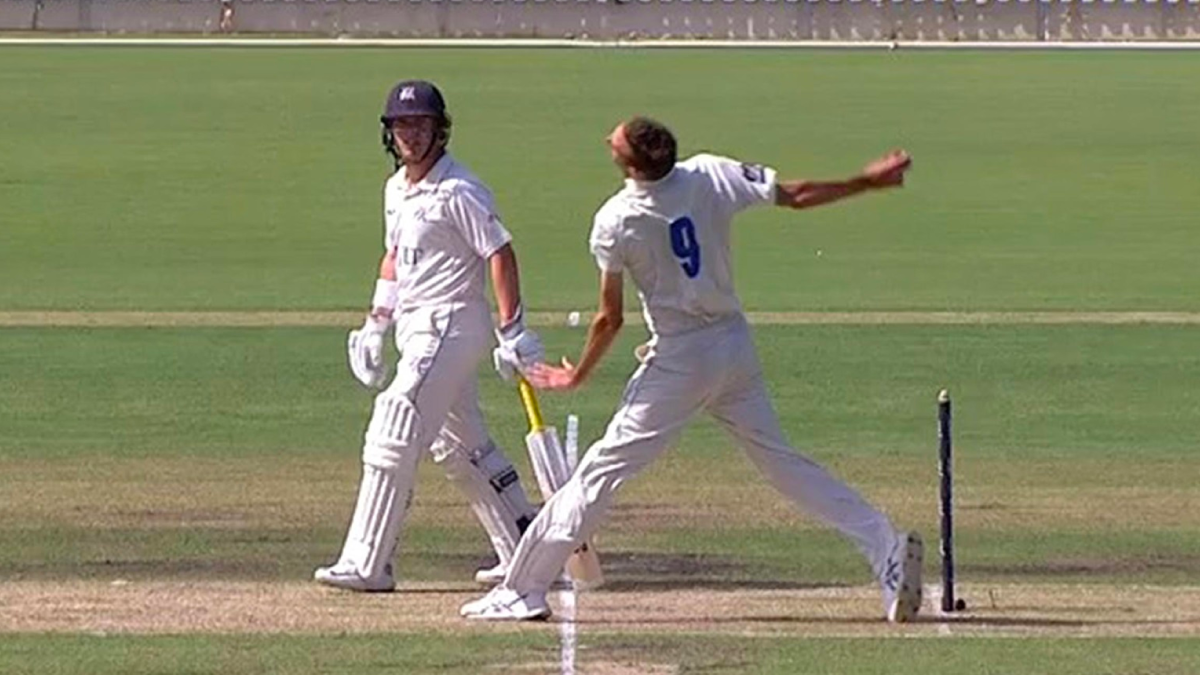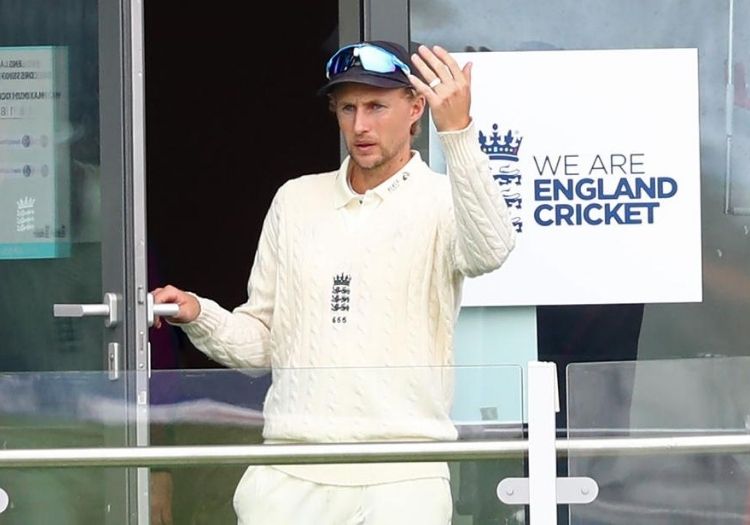20.1 Ball is Dead
In cricket, determining when the ball is dead is crucial for various reasons. Here are the circumstances in which the ball becomes dead:
20.1.1 When the ball is securely in the hands of the wicketkeeper or bowler.
20.1.2 After a boundary is scored. (Refer to Law 19.7 for runs scored from boundaries).
20.1.3 When a batter is dismissed, with the ball deemed dead from the moment of dismissal.
20.1.4 If the ball gets trapped between the bat and a batter’s person, clothing, or equipment, whether it was played or not.
20.1.5 If the ball lodges in a batter’s clothing or equipment or an umpire’s clothing.
20.1.6 When an offense under Laws 24.4 (Player returning without permission) or 28.2 (Fielding the ball) results in Penalty runs. The ball won’t count as part of the over.
20.1.7 In case of a breach of Law 28.3 (Protective helmets belonging to the fielding side).
20.1.8 When the match concludes, following the conditions of Law 12.9 (Conclusion of the match).
20.1.2 The ball is considered dead when both the fielding side and batters at the wicket no longer treat it as in play.
20.2 Ball Finally Settled
The decision of whether the ball is finally settled rests solely with the umpire.
20.3 Call of Over or Time
Calls of “Over” (see Law 17.4) or “Time” (see Law 12.2) should not be made until the ball is dead, either as per 20.1 or 20.4.
20.4 Umpire Calling and Signalling Dead Ball
Umpires play a crucial role in signaling a dead ball when necessary. Here are scenarios where the umpire calls and signals a dead ball:
20.4.1 When the ball becomes dead as per 20.1, the bowler’s end umpire may call and signal it if it’s essential to inform the players.
20.4.2 The ball is considered dead immediately when any of these incidents occur, and the relevant umpire should call and signal Dead ball:
- Intervening in a case of unfair play.
- A potentially serious injury to a player or umpire.
- Leaving the normal position for consultation.
- One or both bails fall from the striker’s wicket before the batter plays the ball.
- The striker isn’t ready for delivery, and no attempt is made to play it, provided there’s a valid reason.
- The striker is distracted while preparing to receive or receive a delivery.
- A deliberate attempt to distract the striker under Laws 41.4 or 41.5.
- The bowler accidentally drops the ball before delivery.
- The bowler throws the ball towards the striker’s end before starting the delivery stride.
- The ball doesn’t leave the bowler’s hand, except for attempting to run out the nonstriker under Law 38.3.
- It’s impossible to recover the ball.
- A person, animal, or object within or over the field affects the game, with the exception mentioned in Law 19.2.7.
- The striker attempts to play the ball, and no part of the bat or person remains within the pitch as defined in Law 6.1.
- When any Law not mentioned above requires such action.
20.5 Ball Ceases to be Dead
The ball comes into play when the bowler begins the run-up or bowling action, provided it was dead previously.
20.6 Dead Ball Not to be Revoked
Once the ball is dead, no decision can bring it back into play for that delivery.
20.7 Dead Ball; Ball Counting as One of Over
When a delivered ball is called dead, it affects whether it counts in the over or not:
20.7.1 If the striker hasn’t had an opportunity to play the ball, it won’t count in the over.
20.7.2 If the striker had a chance to play it, it’s a valid ball unless No ball or Wide ball has been called, except under specific circumstances mentioned in Law 20.4.2.6, Laws 24.4, 28.2, 41.4, and 41.5.




One thought on “Law 20 – Dead Ball”